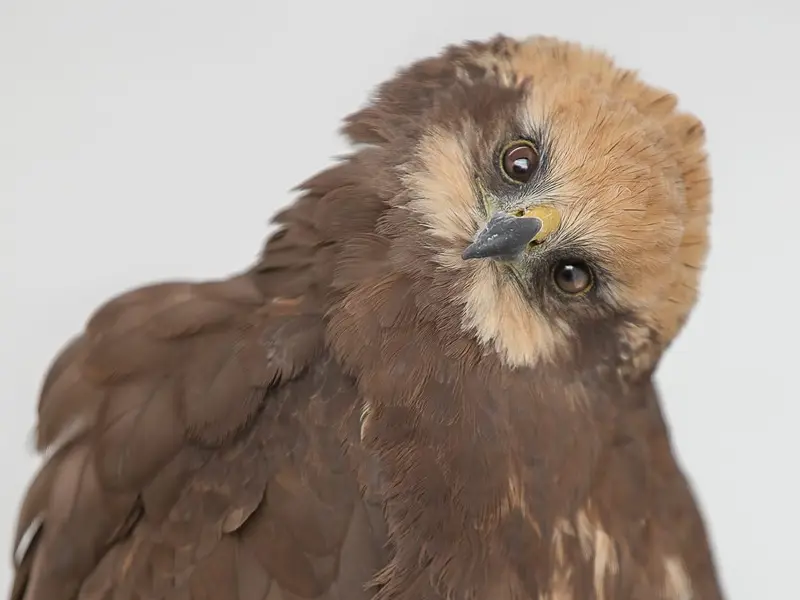“No one will protect what they don't care about; and no one will care about what they have never experienced.” — Sir David Attenborough

Everlasting Photography
Marsh Harrier
Evy
Evy, our Marsh Harrier, was picked up in the wild as a baby by someone who was trying to help. Unfortunately, they spent too much time with her and now she is tame. She is named after the granddaughter of the lady who cared for her once we realised how special she was. Evy is here with us so she can have the best life possible and hopefully one day have a family of her own.









